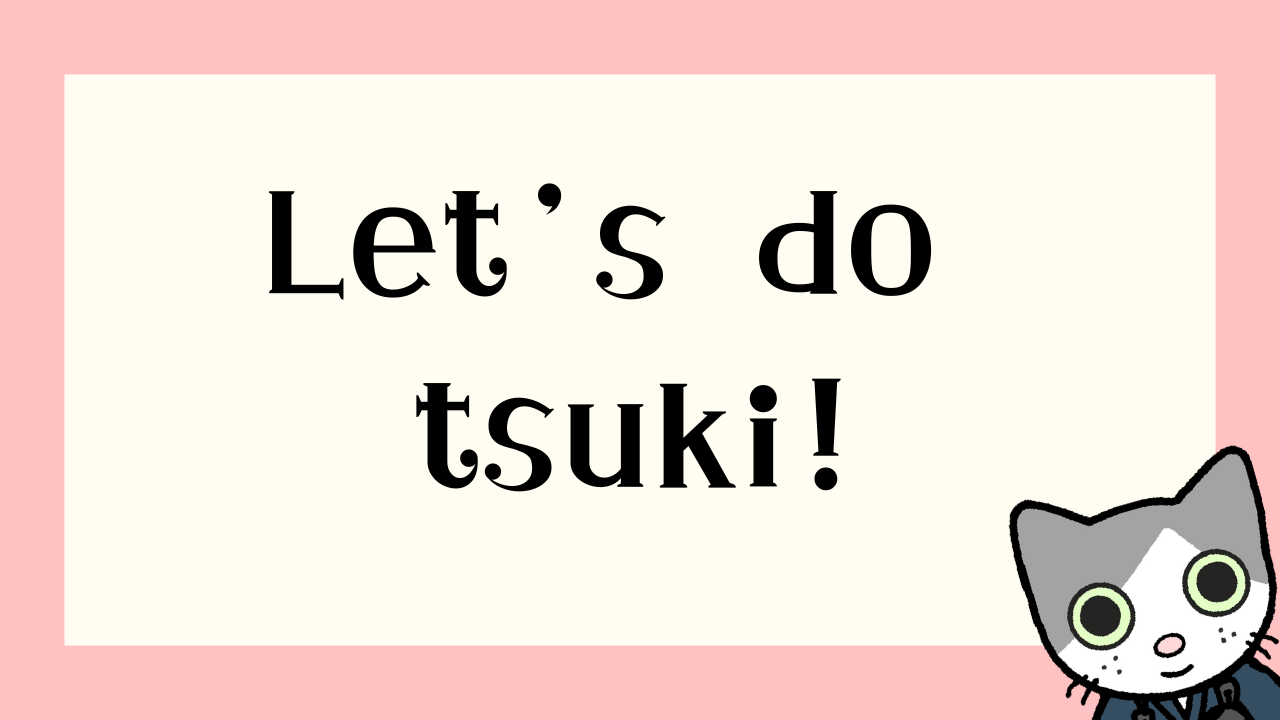Today we practiced tsuki waza.
Sensei showed three kinds of tsuki practice:
- the basic tsuki
- tsuki where the kensen starts off-center to the left or right when attacking
- tsuki-men as renzoku-waza

Tsuki practice is
kind of scary, you know?
While watching and practicing other students’ tsuki practice, I was thinking:
Why is tsuki practice so scary to me?

Why?
I opened my heart and honestly asked myself this question.
And I immediately found an answer.
The reason why tsuki practice is scary to me is because I imagine horrible scenes like this:
If I miss tsuki, my shinai would injure the collarbone area of my practice partner, or, in the worst-case scenario, my kensen would get under their tsuki-dare and injure his/her throat…
I’ve never felt scared of men-striking practice,
but I now understand why I’ve always feared tsuki practice.

I see!
And beyond that, what I’ve realized is, for some reason, I believe there’s probably a 98% chance that I’ll fail to do tsuki.
In other words,
I’m practicing tsuki with the assumption that I’ll fail, therefore, I am afraid that my scary image in my mind might become a reality…
I feel “Eeek, that’s too scary!”.
This is my mentality for tsuki practice.
But why do I think there’s such a high 98% chance that I’ll fail my tsuki?
I’ve never thought there’s a 98% chance of failure when practicing men…

Why?
A possible reason I could think of is that simply because the target area seems extremely small.
For men striking, there is considered to have a wide striking area on both left and right sides.
In a sense, you could say it’s a size that makes you feel like “if I try to hit men, it’s bound to land somewhere.”
The target area of the kote and do may be smaller than that of the men, but it’s by far wider (larger) than that of a tsuki.
In comparison the target of tsuki feels almost like a “point” compared to a men.
It’s understandable that I might think that the success rate is lower.
But wait a minute…
Tsuki is mostly about making the shinai go straight forward…right?
Whereas striking men and doing other kinds of waza uses more complex movements, such as up and down swings on an arc or maybe even includes different curves or angles.
When I think about it, even though it’s true that the target area for tsuki is smaller, if all I have to do is bring my shinai straight forward with my entire body, it’s not as difficult as it seems, isn’t it?

If that’s the case,
I’m kind of happy!
Because the horrifying image of what would happen if I failed was so dramatically occupied in my mind, I thought tsuki practice was scary!
But in the first place, if I succeed tsuki, it’s not really a waza to be afraid of.
All I have to do is bring my kensen straight toward the target.
Theoretically, this is probably the easiest movement, so why can’t I release tsuki more relaxedly?

Cat
Try to think carefully about why
Guided by the whisperings of Meditation Cat, I quietly recall a scene when I failed tsuki.
I usually noticed right away: “Oops! I failed!”
Because I can see right in front of me, that my kensen has missed the target.
All I have to do is bring my shinai straight towards the target for this very short distance between me and my opponent!
Why can’t I do it properly?
After clutching my head and struggling for a while…

Ah, I get it!
I get it! I get it!
Of course I get it!
There’s only one reason why tsuki, which actually uses a simple, direct movement, is so difficult to do well.
One reason!
That’s because tsuki waza is a waza that leaves no room for cheating.
In other words, even over such a short distance, before I reach the striking target,
if the balance in my lower body is even slightly off, or,
if I used my left or right hands incorrectly, even a little bit, or,
if I waver even for a moment,
if the slightest bit of these things happen, my kensen will easily wander off-center and miss the target, even over such a short distance…
I think that’s what tsuki is.
Stick to the basics,
feeling the movement of my left foot, left hip, left arm, and left hand, cooperating with my right hand, feeling the center of my body, with a strong spirit, occupying the center, I attack my opponent.
If I can’t skillfully connect this series of movements,
if even one of them is missing, tsuki won’t be successful and my failure will be obvious to everyone, not just myself.
In any case, tsuki waza is the technique that I can’t cheat myself or others with.
To put it another way, because the target areas of men, kote, and do are much wider than tsuki, even if my balance is slightly off, and it becomes an obvious right-handed strike, as long as my monouchi ends up ‘located’ on the target area, it will somehow make me feel like my waza was successful, or like I’ve improved!
This is called, “Welcome to the world of illusion!”
Now I realize that men, kote, and do waza are techniques that allow me to cheat on myself, aren’t they?
When I was little…
In order not to get scolded from teachers,
I use to try to get out of bad situations by showing my “Heh heh” smile.
This worked for some teachers.
They would say, “Well, it can’t be helped,” and they would forgive me.
These teachers were like men, kote, and do to me.
But for other teachers, my tricky smiling completely did not work.
Not only I couldn’t get out of some situations, but they would get even angrier for my grinning and they give me a big slap.
Those kinds of teachers are like tsuki!
Nothing works except doing things the right way.
Is that how it is?
Uuuh…
I was feeling triumphant after discovering new findings about tsuki waza, but when it came to other waza like men, kote, and do, I started to feel uneasy, wondering just how much I’d been fooling myself up until now…
No! No!
I shouldn’t be satisfied with fooling myself.
Is there any point in practicing like that?

Ugh…
In the end,
I ended up with this unhappy face again.
Wow, kendo is so deep. Too deep!
But in the future, if I can reduce the chances of failing my tsuki and be able to do it relaxed, without tension, then maybe I’ll be able to gain confidence that I’m pretty much on the right track in terms of how I use my body, my hands, and my energy(ki)!
‘He who masters tsuki, masters everything!’
Maybe!
With that in mind, I have no choice but to practice, facing tsuki practice without fear!
Seriously!!
This is why I can’t quit kendo! 💛
I’m going to practice again tomorrow! ♪


